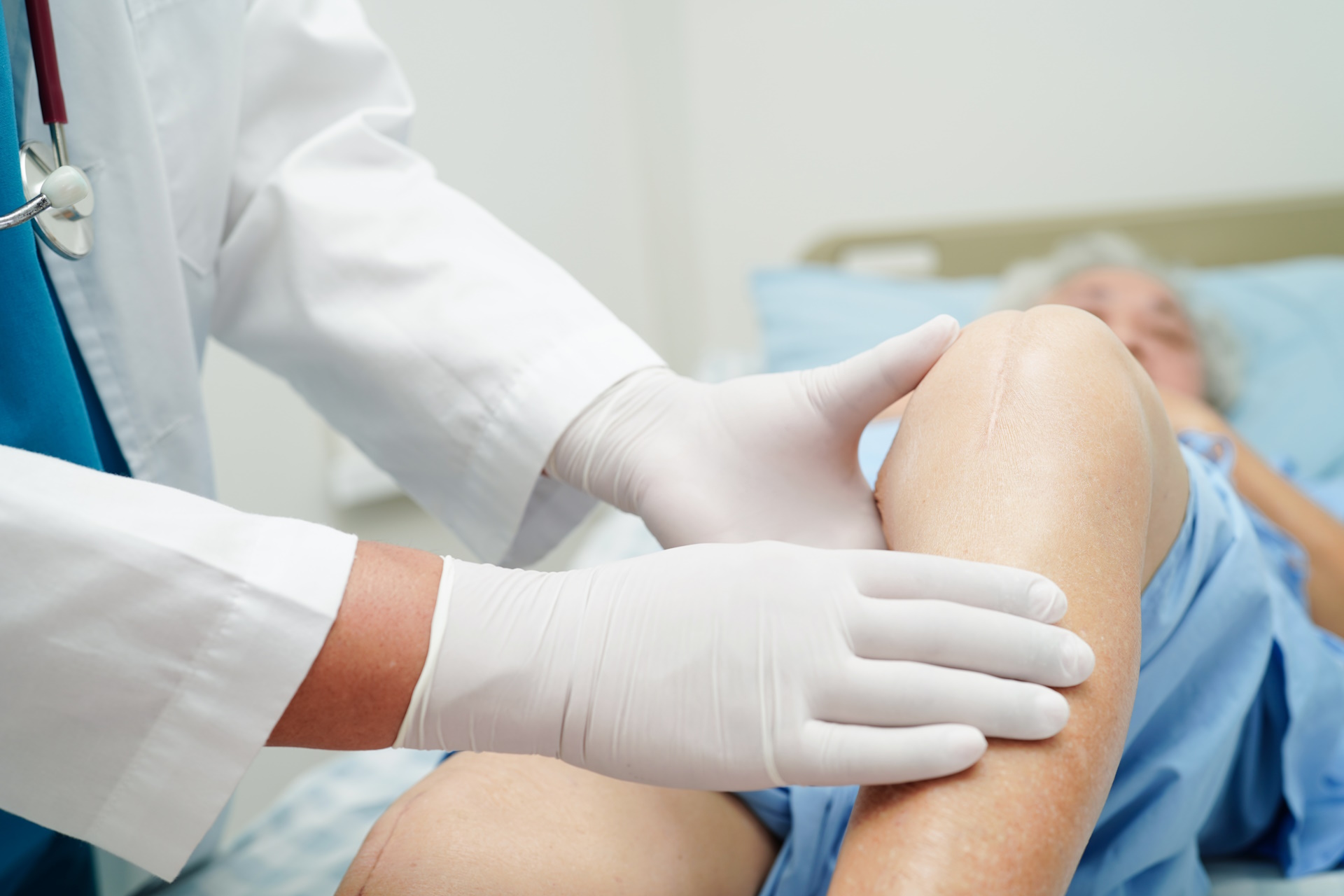Peripheral vascular disease (PVD) is more common than many realize. When blood flow slows or becomes blocked anywhere outside the heart or brain, the body gives subtle but important clues.
Many patients first notice changes in their legs with pain while walking, wounds that take too long to heal, cooler or discolored skin, or just a feeling that something is off. Recognizing these signs and understanding their cause is the key to restoring comfort, mobility, and long-term vascular wellness.
What Are Peripheral Vascular Diseases?
PVD is a group of conditions affecting the blood vessels beyond the heart and brain. One major form, peripheral artery disease (PAD), occurs when plaque builds inside the arteries of the legs. Over time, this buildup restricts blood flow, depriving muscles and tissues of the oxygen they need.
When those tissues are starved of circulation, even simple activities like walking can become painful. Many patients describe cramping, burning, or heaviness that eases with rest but returns quickly. Left untreated, PAD can progress to more serious complications, including non-healing wounds or infections.
Types of Peripheral Vascular Diseases
Peripheral vascular disease is an umbrella term that covers a wide range of circulatory issues affecting arteries, veins, and lymphatic vessels outside the heart and brain. Each type has its own causes, symptoms, and risks, but they all share one thing in common: they interfere with the body’s ability to move blood efficiently. Here are the most common types of PVD:
1. Peripheral Artery Disease (PAD) – Narrowing or blockage of arteries, most commonly in the legs, due to plaque buildup.
2. Peripheral Venous Disease – Conditions affecting the veins, often involving poor blood return to the heart.
3. Deep Vein Thrombosis (DVT) – A blood clot that forms in a deep vein, typically in the legs, that can lead to serious complications if untreated.
4. Chronic Venous Insufficiency (CVI) – A long-term condition where vein valves don’t function properly, causing swelling, skin changes, and varicose veins.
5. Varicose Veins – Enlarged, twisted veins caused by valve weakness or damage, often in the legs. Typically cosmetic, but can also affect function.
6. Lymphedema – Swelling that occurs when lymphatic fluid cannot drain properly, usually in the arms or legs.
7. Raynaud’s Disease – A condition where blood vessels in the fingers or toes narrow rapidly in response to cold or stress, causing color changes and numbness.
8. Buerger’s Disease – An inflammatory condition strongly linked to tobacco use that affects small and medium-sized blood vessels in the arms and legs.
9. Aortic Aneurysm (Peripheral Aneurysm) – A bulging, weakened area in a blood vessel, often in the aorta or leg arteries, that can become dangerous if it enlarges or ruptures.
10. Thrombophlebitis – Inflammation of a vein due to a blood clot, typically in superficial veins.
Common Symptoms of PAD
PAD doesn’t always announce itself loudly, and sometimes the earliest signs feel subtle or unrelated. If you experience any of the following consistently, it’s worth getting evaluated:
- Pain, cramping, or fatigue in the legs during activity
- Tingling or burning sensations in the feet
- Open sores or cracks that heal slowly, or not at all
- Noticeable hair loss on the feet or toes
- Changes in skin color, such as redness, paleness, or a bluish tint
- A drop in skin temperature, especially compared to the other leg or foot
These symptoms often develop gradually, making them easy to brush off. But the sooner a vascular specialist can identify the cause, the sooner you can get back to moving comfortably.
How Peripheral Artery Diseases Are Diagnosed
A thorough evaluation gives us a clear picture of how well blood is flowing through your arteries, and where problems may be hiding. These diagnostic tools work together to create a complete look at your vascular system health, which we use to guide treatment decisions. Depending on your condition, we may recommend one or more of the following tests:
Ankle-Brachial Index (ABI)
- A quick, non-invasive test comparing blood pressure in your ankle to blood pressure in your arm. If ankle pressure is significantly lower, it signals possible blockages in the leg arteries.
MRI
- This imaging method provides detailed pictures of the inside of your arteries, helping pinpoint areas of narrowing or plaque buildup.
Ultrasound
- Using high-frequency sound waves, an ultrasound visualizes how blood moves through your vessels. It also shows narrowing, blockages, or abnormal flow patterns.
CT Scan
- A CT scan uses specialized X-ray technology to create detailed images of arteries for a more precise look at areas that may be compromised.
What Is a Peripheral Angiogram?
If we need a more detailed view, we may recommend a peripheral angiogram. During this minimally invasive procedure, an interventional specialist uses fluoroscopy (real-time X-ray imaging) and contrast dye to watch blood flow through your arteries as it happens.
This dynamic view shows exactly where arteries are narrowed or blocked, offering clarity that guides next steps. Next steps may include that’s medication management, lifestyle changes, or a targeted procedure to improve circulation.
Taking the Next Step Toward Better Vascular Health
PVD is manageable and often highly treatable when diagnosed early. If you’re noticing symptoms for the first time or seeking clarity on an existing condition, taking the first steps sooner can improve your outcome.
If you or a loved one is concerned about circulation issues or leg pain, reach out to our team today to schedule a consultation. We’re here to help you understand your risks, evaluate your symptoms, and create a care plan built around your lifestyle and long-term goals. Your health and peace of mind are our top priority, so get the facts on your condition with the experts at Southern Vascular of Panama City Beach.

